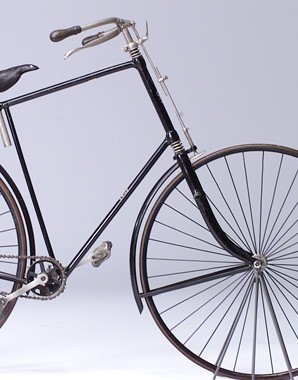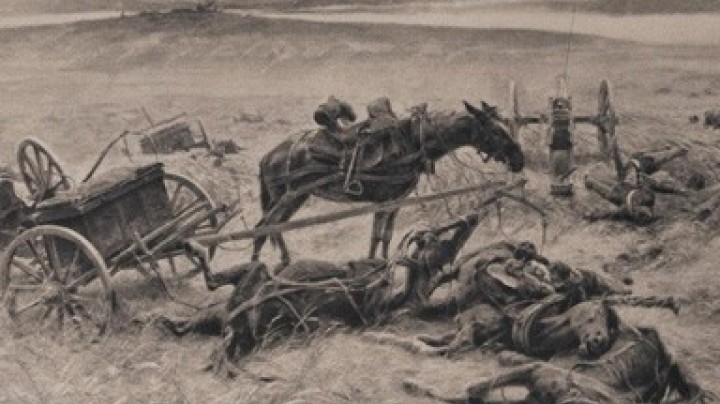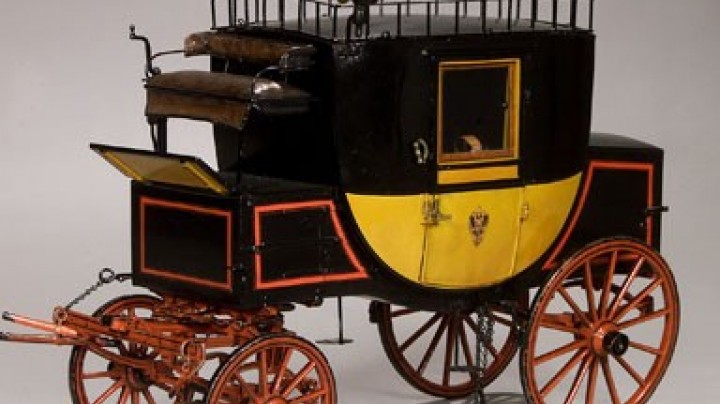A princess on a bicycle – Bicycles in the crowded streets
Unlike her imperial father Archduchess Gisela had no aversion to new forms of transport.
At the turn of the century cycling experienced nothing short of a boom when mass production meant that bicycles became affordable for the working classes. It was not just that cyclists could travel further than pedestrians; cycling was associated with modern images like freedom and speed, and it became a symbol of female emancipation. There was, of course, no lack of moral indignation over women cyclists. The crowds of Court carriages and hire-coaches, trams and omnibuses, as well as cars, cyclists and pedestrians were regulated with the help of the first traffic regulations, including appropriate speed ‘at walking pace’, driving on the correct – that is to say the left – side of the road, and care when overtaking. There were some special rules when it came to priority: court coaches and postal vehicles as well as the coaches of ambassadors always had priority. However, people in Vienna do not seem to have been too particular about keeping to the rules of the road, because the various regulations were re-issued every year without anybody apparently taking much notice of them. In the end military policemen were sent out to enforce them and impose fines, which was not always done in a fair manner: there were complaints that aristocratic ‘roadhogs’ received much less severe punishments than the rest of the population.

















